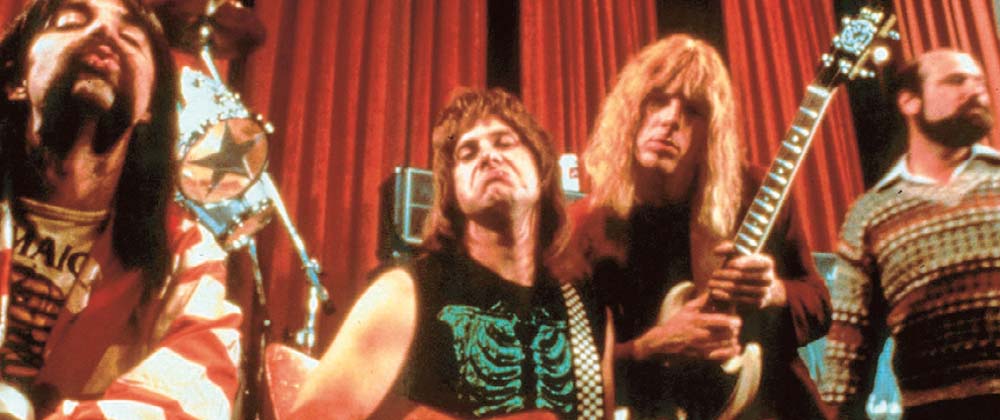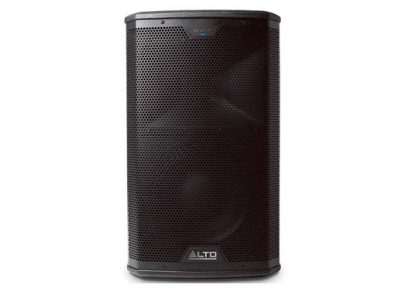Victor Wooten and Steve Bailey
These two virtuosos are great in their own right, of course, but when they get together some real magic happens. Wooden and Bailey have styles that are completely different and complementary, and it helps that they play different kinds of bass, with Wooten using fretted basses and Bailey rocking the fretless. Check out their Bass Extremes album, which has the added treat of a triple-bass attack courtesy of Will Lee on one track and Oteil Burbridge on two.
The Presidents Of The United States Of America
Okay, so these guys aren’t exactly conventional bassists but their approach is much more bass-like than guitaristic, playing a ‘basitar’ and ‘guitbass’: with the former tuned to C# and G# on its lone two strings, and the latter tuned to C#, G# and an octave C# on the latter. If you’re going to take this approach with a guitar, as these guys did, you’ll need to modify the nut to accommodate the wider string gauge. POTUSA are still around and as entertaining as ever, with original members Chris Ballew and Jason Finn still holding strong. Dave Dederer left in 2005, replaced by Andrew McKeag for the past decade.
Spinal Tap
Alright, I couldn’t let this one go without mentioning “Big Bottom,” Spinal Tap’s enduring tribute to the glory of the low end, with Derek Smalls, David St Hubbins and Nigel Tufnel all wielding basses for this song’s deep, deep groove. This is a great lesson in how many bass players can all choose a different part that works together. And shakes the ground so much that fillings are rattled loose.
King Crimson
For quite a while these progressive legends hit the road with a unique ‘double trio’ format: Robert Fripp and Adrian Belew on guitars, Bill Bruford and Pat Mastelotto on drums and percussion, and Tony Levin and Trey Gunn on bass and Chapman Stick (actually Levin played Stick exclusively in this line-up but this extended-range instrument takes in the bass’s range). Check out the album THRAK and its live counterpart, Thrakkatak, which is comprised of live soundboard mixes of improvisations springboarded off THRAK’s title track.
Ned’s Atomic Dustbin
Twin basses are one of the keys to this English band’s distinctive sound, with Alex Griffin playing melody lines high up on one bass while Mat Cheslin plays more conventional basslines on the other. New Order often employed a similar concept with Peter Hook playing high melodies while synths took care of the low end.
Cop Shoot Cop
This industrial-influenced act were big in the early ‘90s and had a very unique approach: not only did their instrumental line-up feature two bass players, but their percussion was augmented by found metal objects longside a conventional kit. Tod A. handled higher parts and Jack Natz played lower bits. At one point they added a guitarist as the music continued to evolve, but kept the twinbass line-up until their 1996 dissolution.
The Cure
Okay, this one gets a little complex because it’s not exactly a two-bass thing, but Robert Smith often plays six-string basses (originally the Fender Bass VI, later a signature Schecter Ultra Cure VI model) which are tuned an octave below a regular guitar. Usually Smith uses this for atmospheric melodies in a similar way to Peter Hook, while a conventional bass handles more standard low-end duties. But you don’t necessarily need a Bass VI or similar to incorporate this approach into a twin-bass band: it just means you might find yourself way up at the fiddly end of the neck to hit some of those higher notes.
Pre.shrunk
No discussion of twin-bass bands is complete without a mention of these Aussie innovators. Pre.shrunk formed in 1996 and were popular on the underground circuit, crossing over to Triple j for while before coming to an end around the early 2000s. Equal parts groovy and experimental, they seemed a little ahead of their time and folks still look back on them fondly. There’s some great footage out there of Pre.shrunk playing a Big Day Out. Add them to the list of ‘please reunite, please?’ bands.

